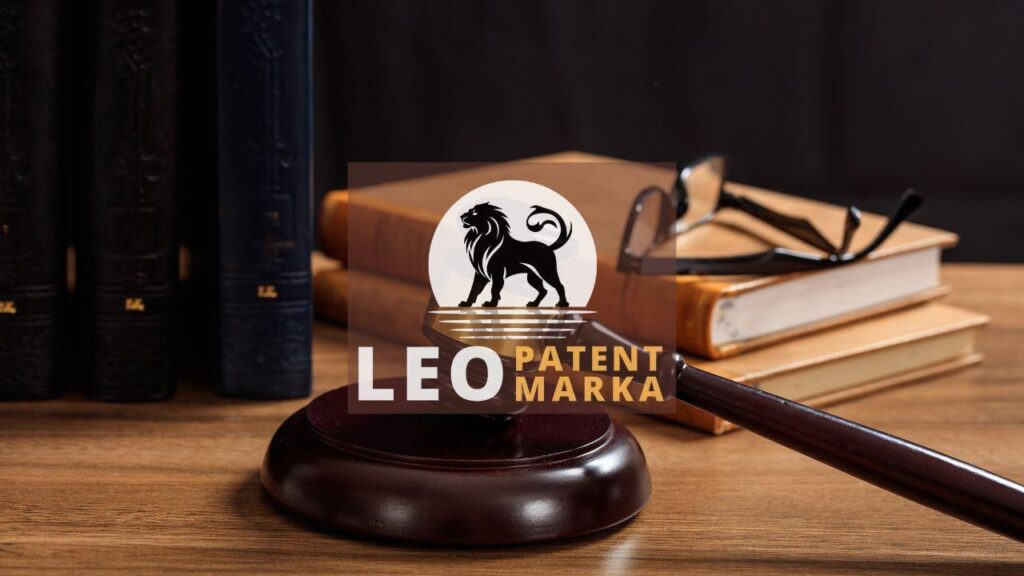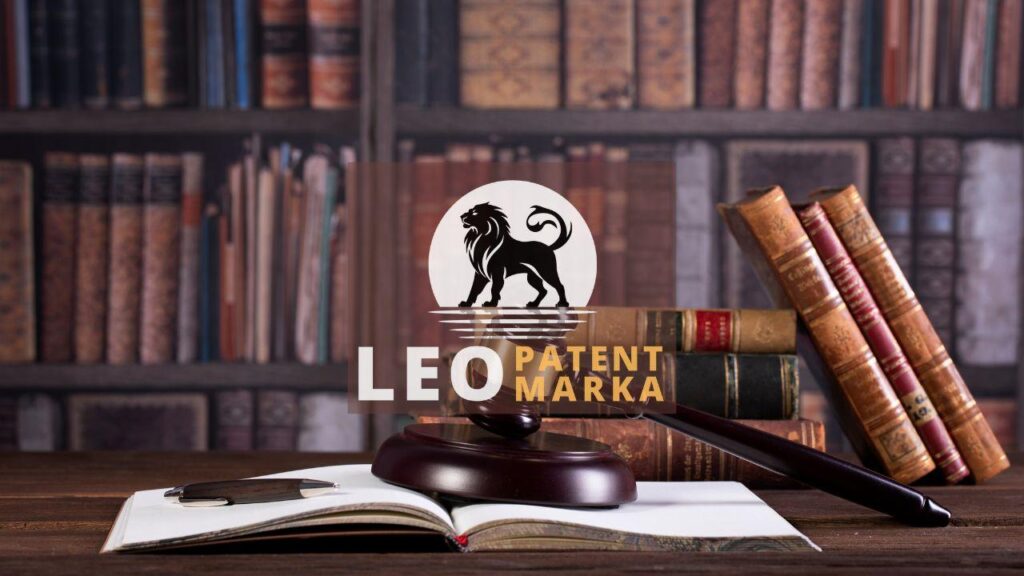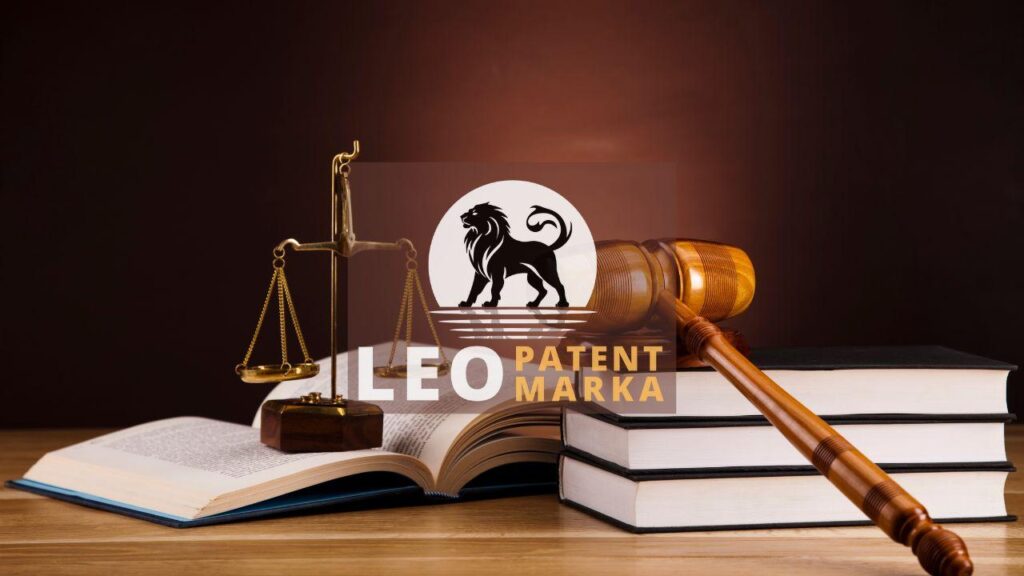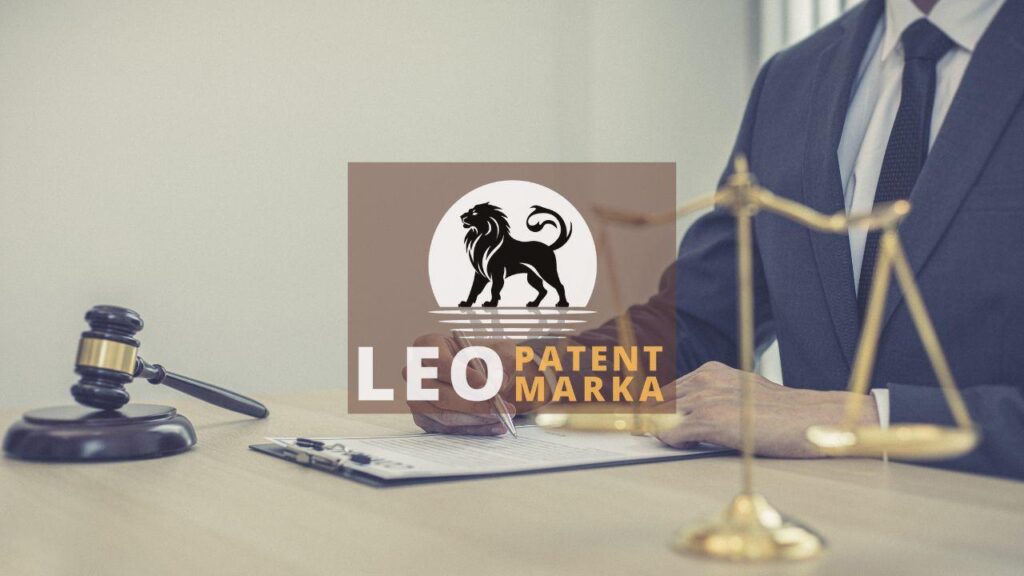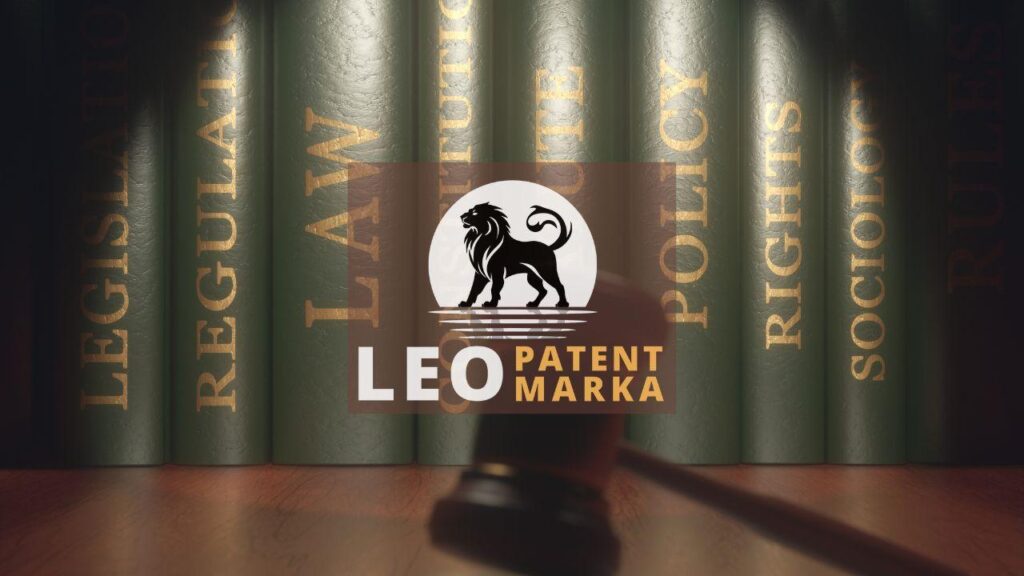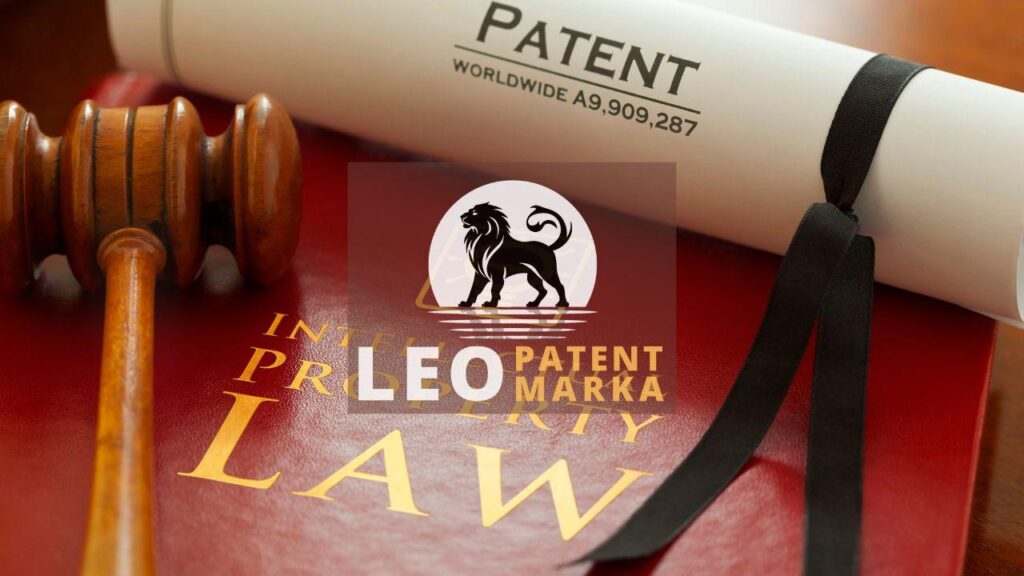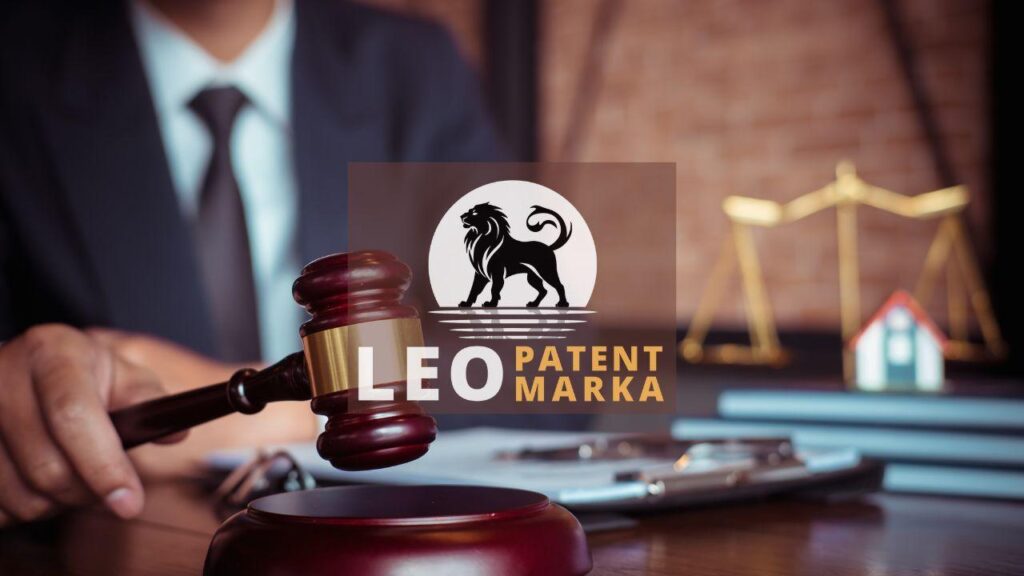Copyright licensing is the unsung hero that keeps the world of creativity running smoothly. But how exactly does it work, and why is it crucial for creators and consumers alike? Without understanding copyright licensing, navigating the murky waters of copyright law can be like wandering through a maze with no exit in sight. It ensures your intellectual property rights are well-protected and allows for the creation of license agreements that specify who can use your work and how. This not only safeguards your work but also helps you monetize it effectively. Imagine spending months creating a masterpiece only to see it snatched away without due credit or compensation—that’s where copyright protection steps in. In today’s digital age, where content spreads like wildfire, knowing the ins and outs of copyright licensing is more important than ever to protect and promote your original creations. Understanding it is vital to maintaining control over your creations and ensuring their rightful use.
Understanding the Fundamentals of Copyright Licensing
Copyright licensing forms the backbone of protecting creative works, empowering creators to maintain control over their creations. At its core, copyright licensing is a legal agreement between the copyright owner and another party, detailing how a piece of work can be used. Think of it as a tailored contract that specifies permissions and limitations. Copyright law underpins these agreements, ensuring both parties understand their rights and obligations. Without a clear understanding of license agreements, intellectual property rights may be compromised, leading to unauthorized use and potential disputes. Picture a busker on a busy street corner, playing his unique song only to have it replicated without acknowledgement. That’s where copyright protection intervenes, reinforcing the creator’s right to recognition and earnings. By grasping the fundamentals of copyright licensing, you can safeguard your artistry and cultivate an environment of respect and fair use.
Copyright licensing isn’t just a legal term thrown around lightly—it’s a critical component for artists and creators worldwide. At a foundational level, it’s about understanding how copyright law safeguards your creativity, ensuring it doesn’t fall prey to misuse. Picture copyright licensing as both a shield and a bridge. The shield protects your intellectual property rights from infringement. The bridge, however, is where it gets interesting. Through tailored license agreements, it connects you to those who wish to leverage your work, all within the protective cloak of copyright law. A well-structured license agreement spells out the terms, avoiding the pitfalls of ambiguity and potential disputes. In essence, copyright protection is the invisible thread guiding creators to potential collaborators, ensuring mutual respect and profitability. Embrace copyright licensing as your guide in the artistic world, setting you on a path to secure, lucrative partnerships while safeguarding the integrity of your work.
Understanding the fundamentals of copyright licensing starts with recognizing its role in upholding copyright law and sustaining your intellectual property rights. Essentially, it’s the toolkit for creators, allowing them to define how their work can be utilized through formal license agreements. Picture it as an artist’s personal roadmap, outlining the do’s and don’ts of sharing their creation with the world. By mastering these agreements, creators not only protect their innovations but also open avenues for profitable collaborations under the umbrella of robust copyright protection. Avoid the chaos of unprotected creativity by ensuring your rights and terms of use are clear, safeguarding your work’s integrity. Just as a castle’s moat keeps invaders at bay, copyright licensing forms a protective barrier enabling creators to wield control and connect meaningfully within their industry.
Navigating the Complexities: Key Considerations in Licensing Agreements
Copyright licensing might sound like a legal labyrinth, but understanding its key elements makes it an essential compass for creators. At the heart of this is the license agreement, a document that brings clarity in the complex world of copyright law. These agreements detail how intellectual property rights are granted, setting the stage for how others can use your creation. Not all agreements are alike; each is as unique as the work it protects. Consider the terms and conditions carefully. They define everything from usage rights to duration. This isn’t merely a matter of legalese—it’s about protecting your sweat, tears, and creative juices. Ignoring copyright law could mean unknowingly handing over your art on a silver platter. By securing robust copyright protection, you ensure that your masterpieces remain just that—yours. Like a vigilant guard dog, copyright licensing is crucial in safeguarding your artistic empire.
When diving into the intricacies of license agreements, it’s crucial to bear in mind several key factors that can steer you clear of pitfalls. First, thoroughly understanding your intellectual property rights allows you to negotiate from a position of strength. This knowledge ensures copyright protection is upheld and that your work isn’t used beyond its intended scope. Tailoring license agreements to fit the specific nature of your creation is fundamental—one size does not fit all. Pay attention to the terms concerning royalties and usage; these can affect your revenue stream significantly. Collaborate with legal experts if the maze of copyright law seems daunting; this keeps you informed and better prepared. Remember, a well-drafted agreement is like a well-built fortress, offering peace of mind and security against unauthorized use. In essence, navigating these complexities isn’t just a legal necessity—it’s a strategic move to protect your creative empire.
Licensing isn’t just signing on the dotted line; it’s a meticulous process that demands attention to detail. Start with understanding the scope of use, a cornerstone in any license agreement. Who will use your work, and how? Each license contains its own set of instructions governing the use of your intellectual property rights. Carefully craft these specifications to prevent overstepping by licensees—think of it as setting the ground rules in a game. Copyright protection hinges on these details. Another consideration is the geographical scope of your copyright licensing. Will your work traverse global boundaries or remain local? Determine this early on to sidestep any potential disputes. Be proactive: review, refine, and, if needed, renegotiate terms to align with changing needs. Remember, solid copyright protection is like building a dam; it keeps your creative waters flowing within desired channels. Equip yourself with strong, well-considered license agreements, and keep your creations securely in your hands.
The Significance of Copyright Licensing in Protecting Creative Works
Copyright licensing is invaluable when it comes to shielding creative works from misuse. It acts like a sturdy fortress around the fortress of your creativity. Copyright law provides the framework that intellectual property rights need to thrive. Without these rights, original works are vulnerable to unauthorized use. License agreements play a pivotal role, detailing precisely who can use your masterpiece and how it can be used. This is crucial in protecting your work and ensuring it benefits you—rather than someone else. Copyright protection, backed by strong licensing, ensures that the fruits of your labor remain yours to enjoy and share. Without it, artists risk losing control over their creations, potentially facing financial losses and diminished reputations. Therefore, understanding and implementing copyright licensing is not just an option—it’s an absolute necessity for any creator serious about safeguarding their work.
Copyright licensing plays a pivotal role in the world of creative industries, safeguarding intellectual property rights with unmatched precision. Imagine a painter who pours their heart and soul into a canvas, only to find it reproduced without consent. Without copyright law, this scenario could become common. License agreements are the contracts that inform others how creative works can be used, ensuring creators maintain control and reaping the benefits of their hard work. Copyright licensing acts as a reliable watchdog, silently guarding against misuse and unauthorized copying. In a digital landscape fraught with potential infringements, copyright protection remains an artist’s best ally. The importance of copyright licensing cannot be understated—it’s the bedrock that secures a creator’s legacy, allowing creative works to flourish with commercial gains. This protective layer is essential for maintaining the integrity and value of original creations, making understanding copyright laws and agreements indispensable for every artist or writer.
Copyright licensing serves as a lifeline for artists, safeguarding creative works from falling prey to misuse. These licenses act as a shield, preserving the integrity of your masterpiece while setting clear boundaries on its usage. Picture a composer whose symphony gets played without consent or recognition—the essence of their creation diluted by unauthorized use. Copyright law and intellectual property rights work in tandem to prevent such scenarios, offering creators the legal backing they need. License agreements provide the roadmap, outlining permissible uses for all parties involved. By enforcing copyright protection, creators retain control over their creations and ensure they receive due credit and compensation. This layer of protection is indispensable, preserving not just the work but also the creative spirit behind it. It’s a testament to how crucial copyright licensing is, not just for protection, but for enabling creators to truly thrive in their craft.
Disclaimer: This article is for general information purposes only and it is recommended that you consult experts and companies in that field to evaluate your specific situation. We are not responsible for any damage that may arise from the use of the information in this article.

